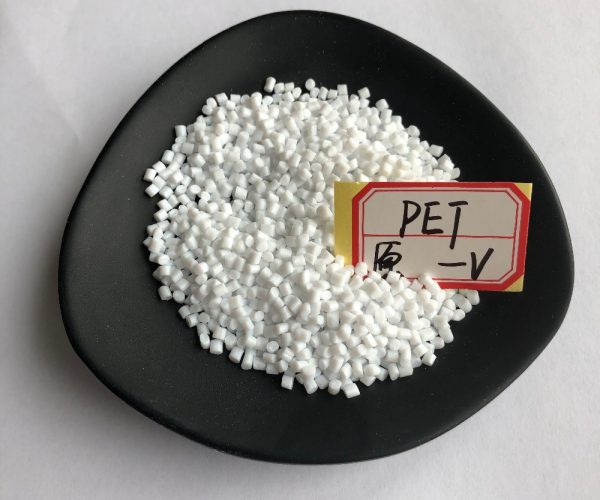PET Resin JADE
What is PET?
Polyethylene terephthalate, known to most as PET, is the most used thermoplastic polymer. You’ve probably seen the recycle triangle with the number 1 on many beverages and food containers, but that’s only the beginning of PET. If its scientific name or abbreviation doesn’t ring a bell, polyester might. The material is known to make most clothing and other furnishings articles. However, it starts as a clear, strong, and lightweight plastic.

Products Description:
|
Items
|
Unit
|
Premium Grade Product
|
|
Intrinsic viscosity
|
dl/g
|
0.800±0.015
|
|
Aldehyde Content
|
mg/kg
|
≤1.0
|
|
Chromaticity b value
|
/
|
≤2.0
|
|
Chromaticity L value
|
/
|
≥82.0
|
|
DEG content
|
%
|
M±0.2
|
|
Conte nt of terminal carboxyl group
|
Mol/t
|
≤35
|
|
Melting point
|
°C
|
249 ±2
|
|
Powder
|
mg/Kg
|
≤100
|
|
Moisture content
|
%
|
≤0.4
|
|
Density
|
g/cm3
|
1.400±0.006
|
|
Ash content
|
%
|
≤0.08
|
|
Heterochrome particles
|
1 particle/500g
|
None
|
How Is PET Used?
Besides food and beverage containers, PET is a known and familiar material used to create clothing, furnishing, textiles, and more in its polyester form. Famous for its durability and resistance to many chemicals, it retains its shape well and is easy to look after. Besides its use for consumables and wearables, polyethylene terephthalate has been used by the music and marine vessel industries and as fabrics for conveyor belts and fabric coating.
The most common application done with PET is injection molding. Injection molding is the manufacturing process for producing various parts by injecting molten material into a mold and rapidly cooling it off. Once molten PET gets injected into pre-form molds, they can then be blow-molded to create the desired shape after cooling off. We typically see this when making PET bottles, but this same technique is beneficial when producing shampoo bottles, trays, and watering cans.
A lot can be done with PET, given its universality, but what we’ve mentioned is just the beginning.

